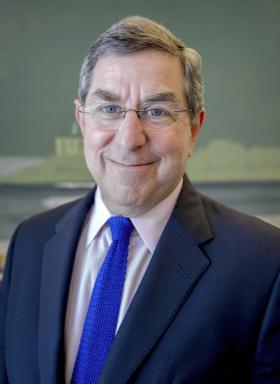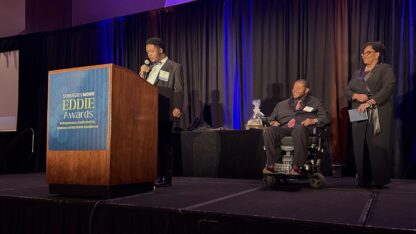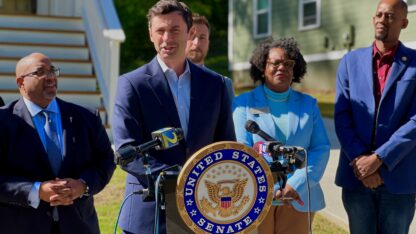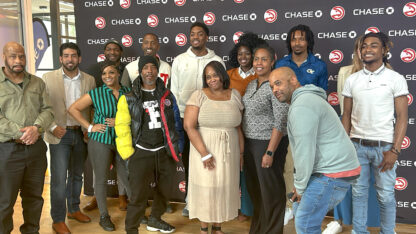High Museum Director to Retire

The director of the High Museum of Art has announced his retirement. Michael Shapiro has been working with the High’s leadership team for the past 20 years, and as the High’s Nancy and Holcombe T. Green Jr. Director for the past 15 years.
His official last day will be July 31, 2015. He sat down with WABE’s Lois Reitzes to talk about his departure. She began by asking him, “Why now?”
Broadcast version of the story that originally aired October 30th, 2014.
Transcript:
SHAPIRO: It’s just a matter of time. I turn 65 in a couple of weeks, and a few weeks after that, it will be my 20th year at the museum. And frankly, when I turned 60, I thought 65 and 20—that sounds like a natural time to give someone else a shot.
REITZES: So when you were 60—you thought 65 sounds like a nice benchmark to retire. But here you are turning 65, and the Woodruff Arts Center is in this turmoil. What does that mean for you and the WAC?
SHAPIRO: First of all I don’t think the Arts Center is in turmoil. There is certainly a challenge, a substantial challenge. And that’s a challenge many major cities, many major orchestras are facing in different ways. But the fact of my announcement coinciding with this particular situation is purely coincidental. This decision has its own trajectory rooted in my personal biography.
REITZES: By all important measure, you have had tremendous success at the High. Which make you most proud?
SHAPIRO: I think there are three parts to it. The “which” would be amazing exhibition programs, partnerships with great museums around the world. We got great stuff from around the world and are continuing to do that, and people responded. And then of course, acquiring art. Whether by gift or by purchase, we have doubled the size of the museum’s collection. And qualitatively, it is a huge increase as well because for example, 40-percent of the works on view at the museum have been acquired during my time there.
REITZES: How does that make you feel?
SHAPIRO: Well, I get to see a lot of friends on the walls of the museum and on pedestals of the museum. And the third component was architecture. And that was a source and is a source of tremendous satisfaction. When I walk around the museum, I think, this wasn’t here before me. And we are much more robust museum physically, in terms of our endowment, in terms of our reach nationally and internationally and locally. So we are a more mature institution. And I think it will be great to watch others take it to an even higher level.
REITZES: How is a replacement chosen? This seems a daunting task.
SHAPIRO: We are going to do it by lottery (Laughs). No, there will be a search committee formed of board members and there will be a head hunter, or executive search person if you want the fancy term, who will work with them. And it will be a national and perhaps international search.
REITZES: Will you have an input?
SHAPRIO: No. It’s kind of like you have the legislative and judicial. You kind of want to keep separation of powers.
REITZES: What’s your next destination?
SHAPIRO: Probably our house at Ansley park later today (Laughs). But we don’t have any plans. We’ve lived here happily for 20 years. We like our house. Our daughter lives here. We are comfortable. We don’t have any plans to move. But the idea of adding value to the field in some way is very appealing to me. And will there be a next step? My wife says, yes, there will be.
REITZES: What does she hope that step will be?
SHAPIRO: She just knows that I won’t come to a full stop. We don’t know what that will be. And that is kind of thrilling to have an unstructured vista ahead. I think of museums—and perhaps other institutions—in archaeological terms. There is a sedimentary layer that will be the Shapiro layer. And then there will be another layer, and I think the more interesting institution have interesting people who contribute different strengths over a period of time. And frankly, you get a better an incrementally better institution—at least a better collection—with those different perspectives.
9(MDAxODM0MDY4MDEyMTY4NDA3MzI3YjkzMw004))





